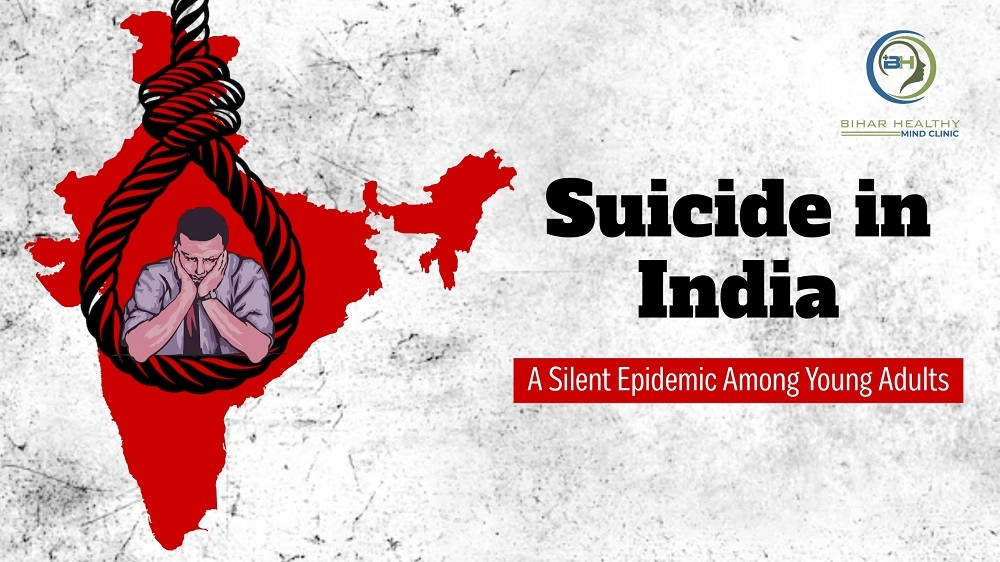
Suicide has emerged as a silent and devastating crisis among young adults in India. According to a recent study by the Times of India, suicide claims one in six lives among those aged 15-29, surpassing deaths due to cancer, diabetes, or heart disease. This trend reveals a persistent public health emergency that demands urgent attention.
The Alarming Scope of Suicide in Young Indians
According to the 2020–2022 Cause of Death Report by the Sample Registration System (SRS), suicide accounts for 17.1% of fatalities among Indians aged 15 to 29, ranking just behind road traffic accidents as the leading cause of death in this age group. Over the last two decades, this percentage has remained stubbornly high signaling a deep-rooted problem that requires nuanced psychiatric intervention.
Why Suicide Exceeds Other Major Diseases
While diseases like cancer, diabetes, and cardiovascular conditions are undoubtedly grave, their impact on youth is relatively lower. These diseases predominantly affect older demographics, whereas suicide disproportionately impacts the young. Among individuals aged 15 to 29, suicide has surpassed the combined death rates from heart disease, diabetes, and cancer.
Sociocultural Triggers Behind the Numbers
-
The National Crime Records Bureau (NCRB) identifies the top contributing factors for suicide among youth as:
- Family issues - 32.4%
- Love affairs - 8%
- Marriage-related stress - 7.5% (dowry-related issues account for nearly 28% of these cases)
These figures emphasize the emotional turbulence experienced by young Indians navigating relationships, societal expectations, and familial pressures.
Gender & Regional Disparities
Although suicide rates among young women (18.2%) slightly exceed those of men (16.3%) in the 15-29 category, the gap is closing. Gender disadvantage and societal suppression, especially among young women in rural areas, contribute significantly to this trend.
Geographically, suicide rates vary considerably. States such as Sikkim, Tamil Nadu, and Maharashtra report significantly higher suicide rates compared to regions like Bihar, where Patna is located.
The Role of Mental Health Disorders
Conditions like depression, anxiety, and addiction significantly contribute to the risk of suicide. The NCRB and SRS data underscore that psychological distress is a major underlying factor. Tragically, stigma surrounding mental health often delays help-seeking, pushing vulnerable individuals to the edge.
Predicting and Preventing Suicide
Emerging research underscores the utility of early screening and predictive assessment. For instance, machine learning models analyzing childhood trauma, mental health questionnaires, and psychosocial factors successfully identified those at risk with 95% accuracy.
This demonstrates how proactive psychological screening and timely intervention can significantly reduce suicide rates.
National Strategic Response
In response to the severity of this issue, the Government of India introduced the following initiatives:
- The Mental Healthcare Act (2017): Marked a major shift by removing criminal penalties for suicide attempts and promoting humane treatment for those affected.
- The 2022 National Suicide Prevention Strategy: Outlines a comprehensive, cross-sector plan targeting a 10% decrease in suicide deaths by the year 2030.
- KIRAN helpline (1800-599-0019): A 24/7 multilingual support line accessible nationwide
However, local access to quality psychiatric care remains essential.
Role of Psychiatry
Suicide should not be viewed as an isolated act but as the endpoint of sustained psychological distress, often compounded by relational and societal stressors.
-
Addressing this requires:
- Individualized psychiatric therapy, including Cognitive Behavioral Therapy (CBT)
- Medication management for conditions like depression
- Family counselling to mend relational wounds
- Community-based education to reduce stigma
- Crisis management, including safety planning and emergency interventions
At Patna Psychiatry, under the supervision of Dr. Saurabh Kumar, MD (Psychiatry), also recognized as the Best Psychiatrist in Patna, patients receive cutting-edge, compassionate psychiatric care. Dr. Kumar's clinical approach emphasizes empathy, confidentiality, and the latest evidence-based practices.
How Patna Psychiatry Supports the Youth
-
Patna Psychiatry provides a multi-pronged approach tailored for the youth:
- Comprehensive Assessment: Evaluating mental state, risk factors, and psychosocial background
- Tailored Treatment Plans: Blending psychotherapy, pharmacology, and lifestyle modifications
- Engaging family support: Facilitating healthier communication and emotional security
- Fostering Resilience: Teaching coping mechanisms such as stress regulation and effective problem-solving can be life-saving.
- Continuous Care: Regular check-ins and adjustment of treatment based on patient progress
This holistic model ensures suicide prevention is proactive, accessible, and transformative.
Call to Action
If you're a young adult, or a parent, sibling, or friend, witnessing emotional distress, seek help without delay:
- Connect with Patna Psychiatry, where expert care is provided under the guidance of Dr. Saurabh Kumar, widely regarded as the best psychiatrist in Patna.
- If urgent support is needed, the KIRAN helpline at 1800-599-0019 offers 24/7 mental health counseling across India.
- Talk openly about feelings, remove the stigma around mental health
- Encourage regular mental wellness check-ups, much like physical check-ups
Conclusion
Suicide has become an escalating public health concern among India’s youth, now causing more deaths than serious illnesses such as cancer and heart disease. Yet with timely intervention screening, effective psychiatric treatment, and widespread education, we can curb this trend.
At Patna Psychiatry, guided by Dr. Saurabh Kumar, MD (Psychiatry), our commitment is to provide compassionate, high-quality care to every patient. By raising awareness, encouraging help-seeking, and delivering evidence-based treatment, we aim to ensure no young life is lost to preventable despair.
By working collectively, we have the power to turn the quiet devastation of youth suicide into a journey of healing, strength, and renewed optimism.
Disclaimer: All characters and events depicted in this blog are entirely fictional. Any resemblance to actual persons, living or dead, is purely coincidental. The content is intended for informational purposes only and should not be considered as medical advice. Always consult a qualified healthcare professional for medical concerns.
Visitors: 155
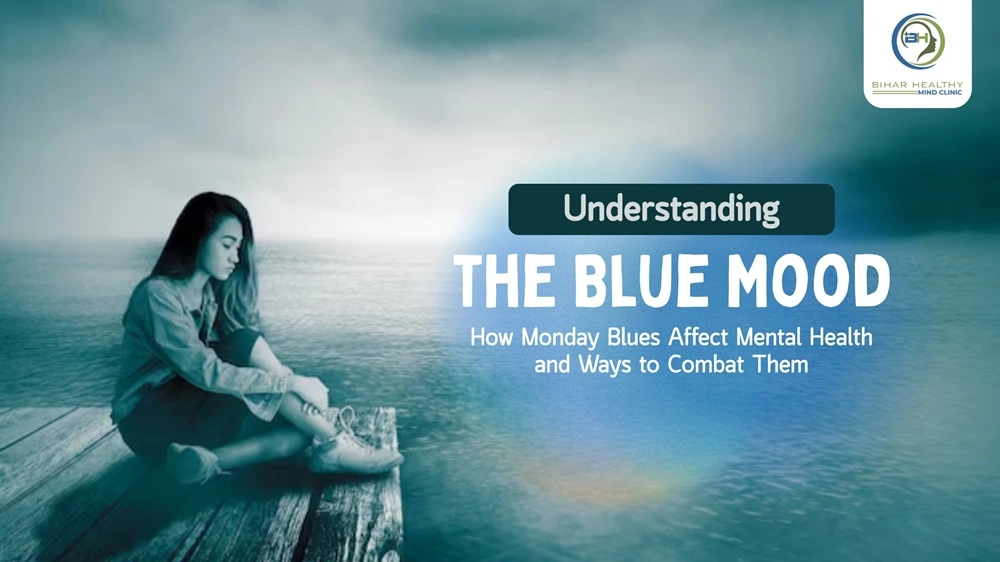
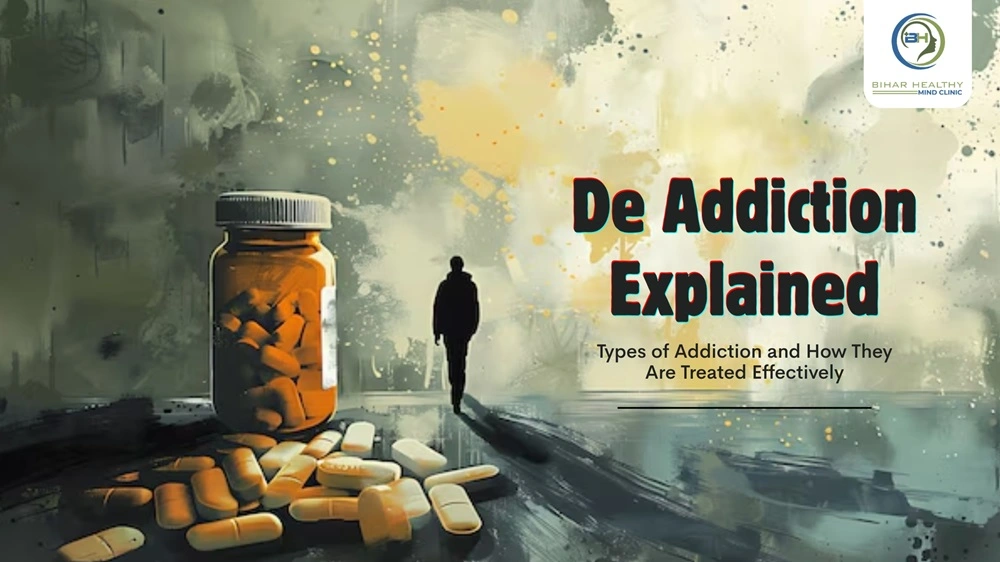
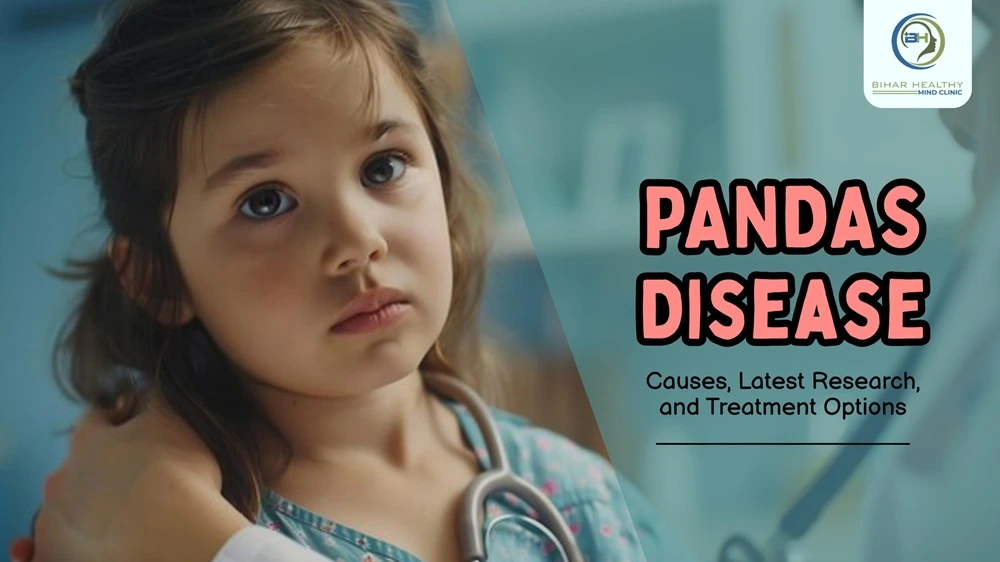
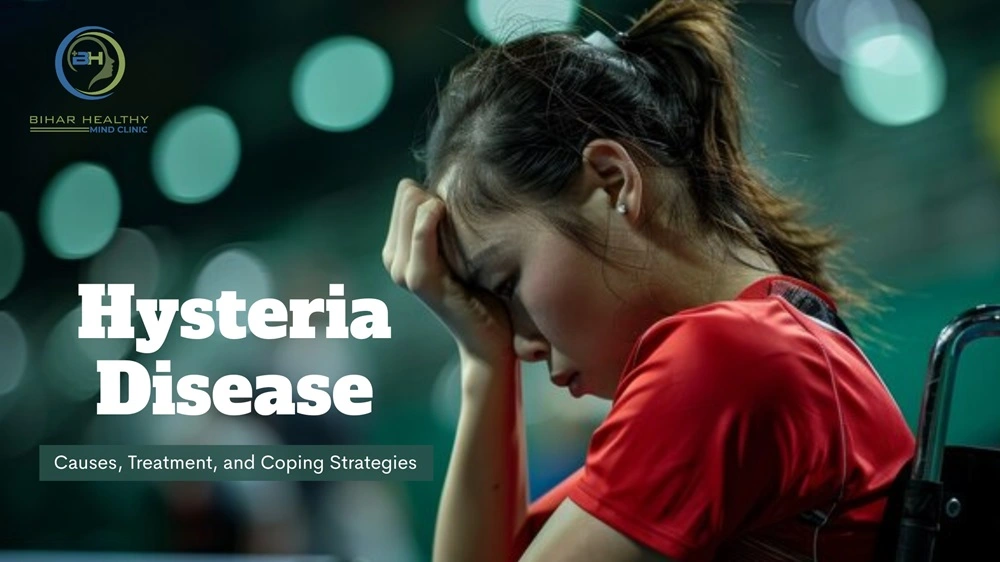
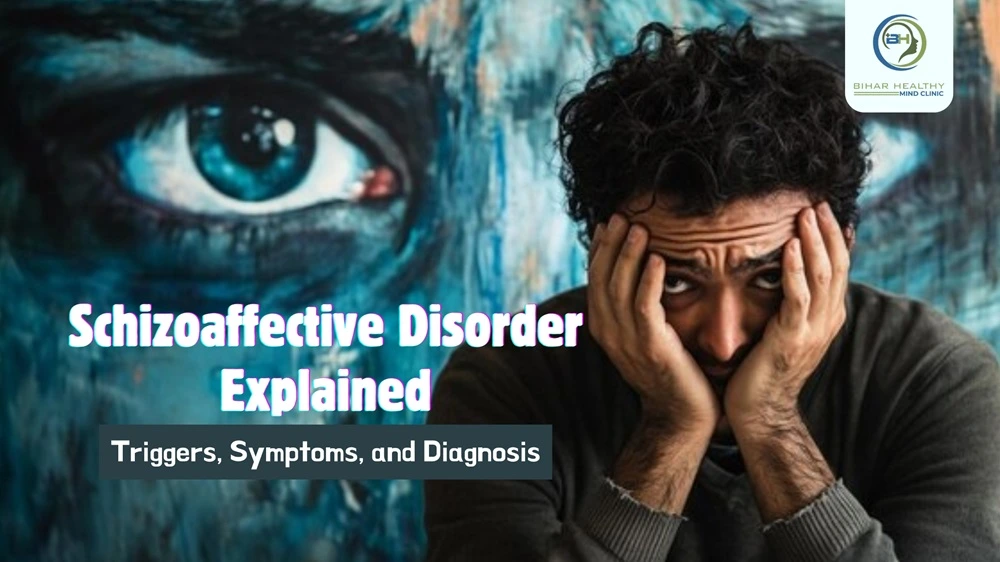
No comments yet.